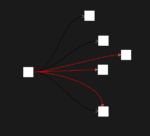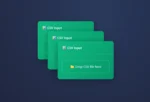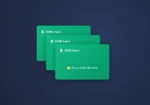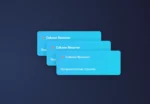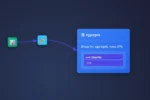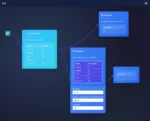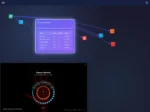The filtering nodes help you reduce the number of rows, drill into the exact information needed, and create a data set that will add value VS confuse your audience.
When filtering, remember you’re reducing the amount of data coming through the node, or you can swap to include.
Include, exclude, and ultimately work on your data.
The Filtering Nodes in ET1
1. 🔍 Any Column Filter
- The Swiss Army Knife
- Search across all columns at once
- Perfect for quick data exploration
- No setup required – just type and filter
2. 📋 Column Filter
- The Precision Tool
- Filter specific columns with exact matches
- Create multiple filter conditions
- Ideal for structured, clean data
3. 🧮 Measure Filter Node
- The Number Cruncher
- Filter numeric columns using conditions like:
- Greater than/less than
- Between ranges
- Above/below average
- Great for financial data, metrics, and KPIs
- Filter numeric columns using conditions like:
4. 🌀 Wild Headers
- Include or exclude headers based on wildcard
- Easily clean wide tables
- No brainer approach to column filtering
- Column filter is nice, but at times wild headers are king
Why This Beats Spreadsheet Hell
- Visual Feedback: See filtered results instantly
- Non-Destructive: Your original data stays safe
- Never recycle: You filter data unnecessarily.
- Stackable: Chain multiple filters for complex queries
- Reversible: Remove or modify filters anytime
Filtering Pro Tips
Be willing to test filters, and create branches. Then right click the beginning of the branch to duplicate the entire downstream operation. This then lets you edit filters across multiple streams of data, and see the difference between your filtering!
Start with “Any Column” to explore strings, measure filter to explore measures, then switch to specific column filters as you understand your data better, and wild headers for those edge cases where you have a lot of columns (but only a couple matter).
ET1 is built to easily filter (transform) your data. Remember, it’s like having a conversation with your dataset!
Return to ET1 Overview to learn more.



